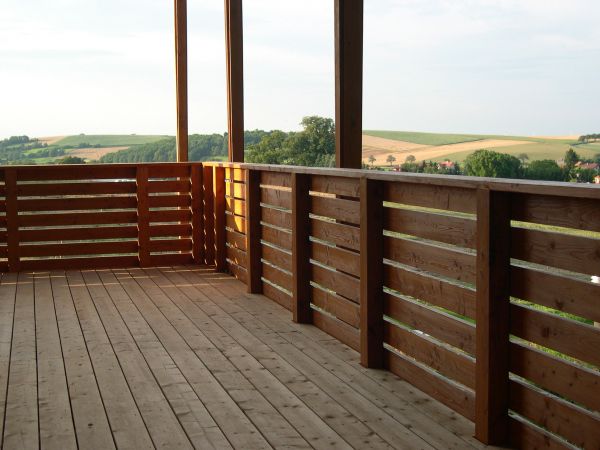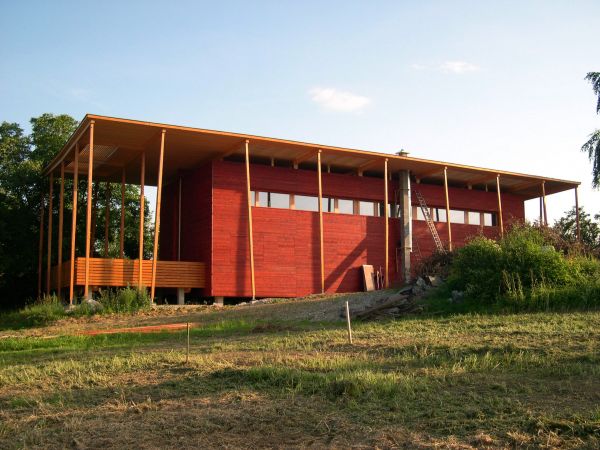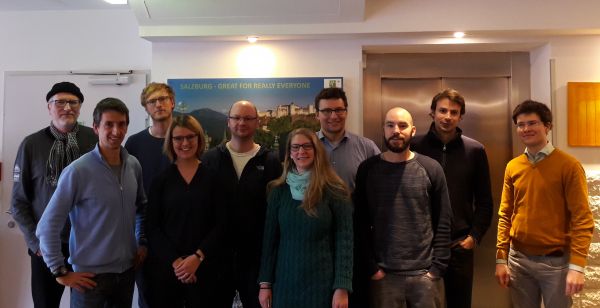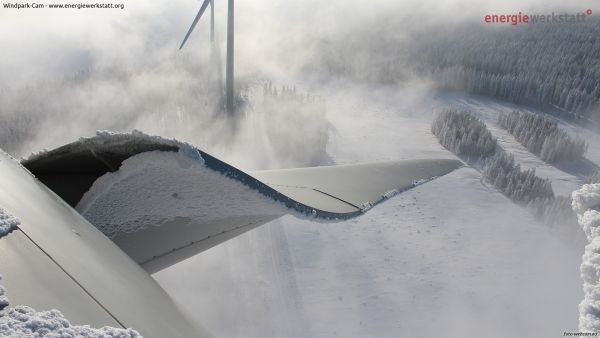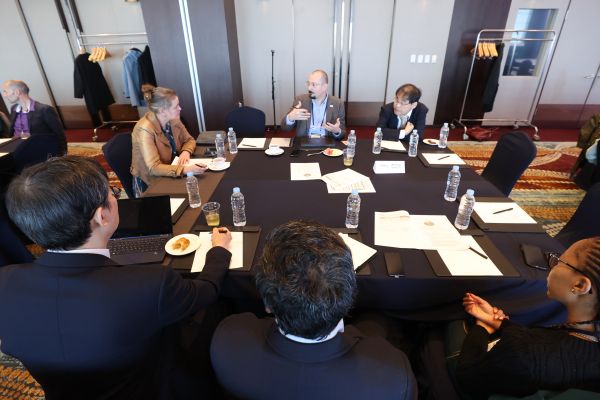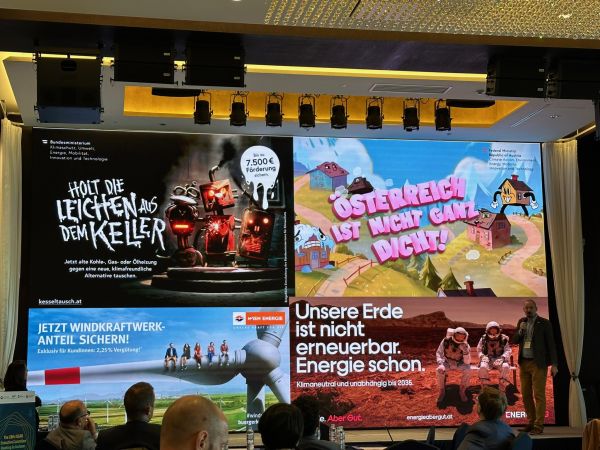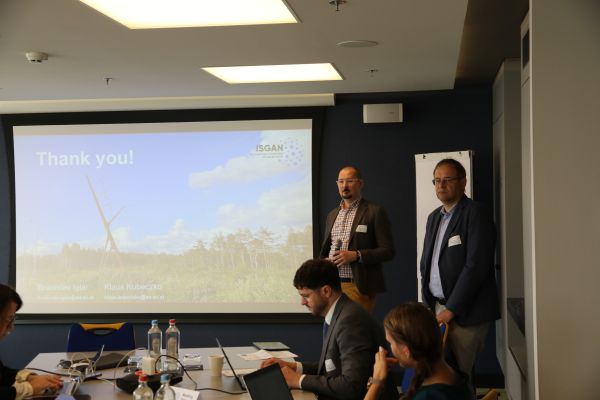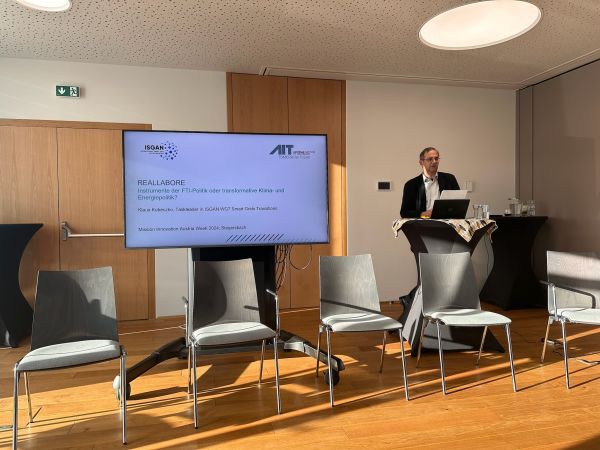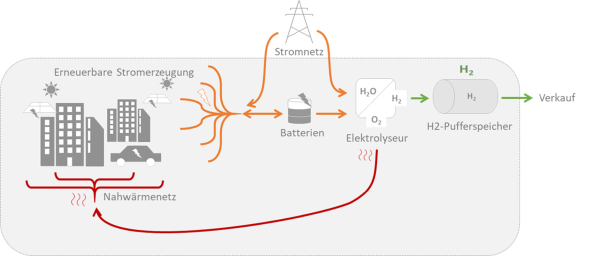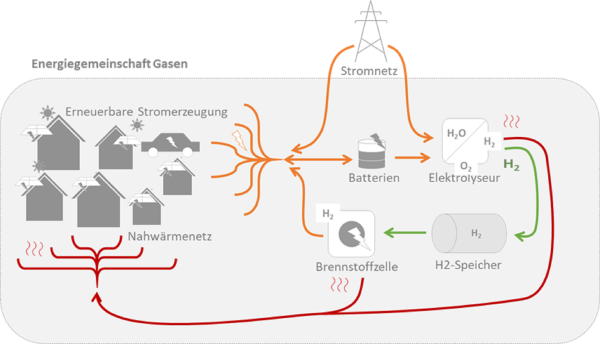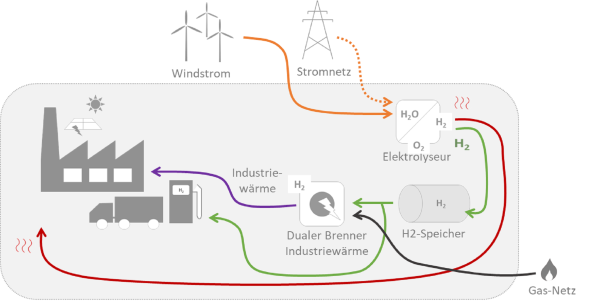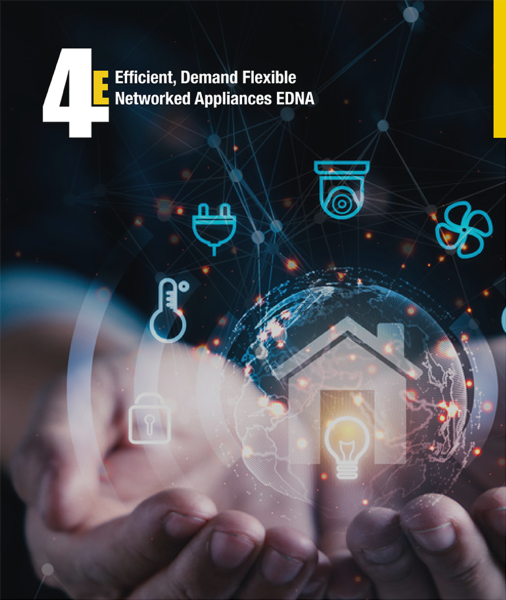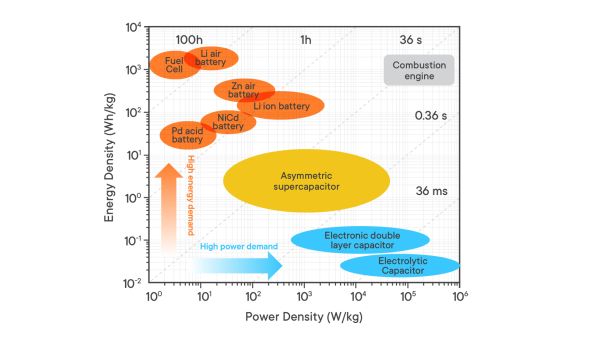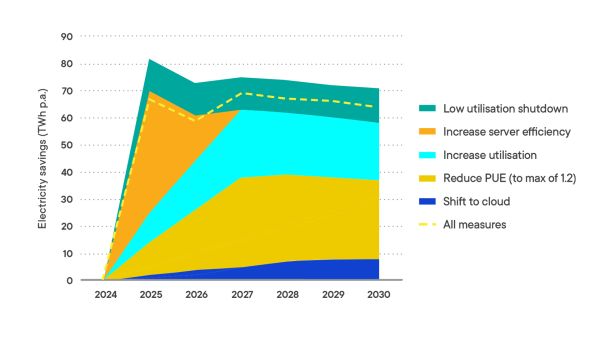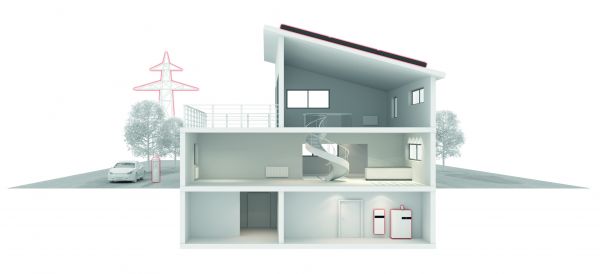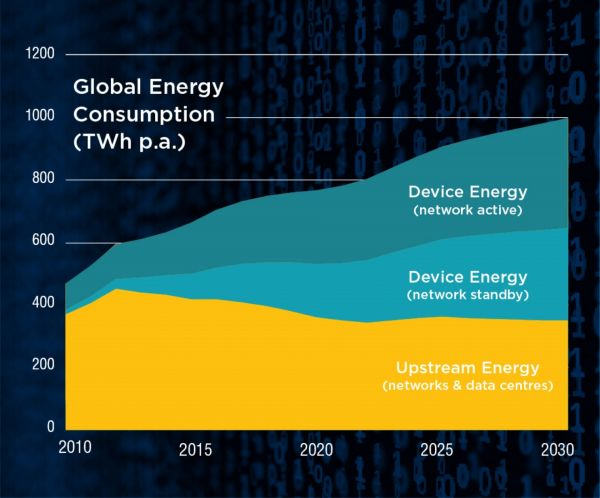Project Image Pool
There are 404 results.
Terms of use: The pictures on this site originate from the projects in the frame of the programmes City of Tomorrow, Building of Tomorrow and the IEA Research Cooperation. They may be used credited for non-commercial purposes under the Creative Commons License Attribution-NonCommercial (CC BY-NC).
Development path of photovoltaics in the future Smart Grid
As part of the international cooperation in Task 14, an overview of current demonstration projects of communication and control concepts with a focus on ICT-related aspects of smart grid integration of photovoltaics was compiled. Based on these experiences, a universal development path was outlined, which describes the possible integration of photovoltaics into a future Smart Grid and the transition from a purely passive role to an active integration into grid control and energy markets.
Copyright: IEA-PVPS Task 14
Poject meeting Salzburg
Participants in the Task 19 Workshop on risk analysis and risk assessment which was held in January 2018 in Salzburg.
Copyright: Energiewerkstatt Verein, IEA Wind Task 19
Rotor blade icing
Scenic view of a rotor blade with light snow and ice accumulation in a winterly setting.
Copyright: Energiewerkstatt Verein
Discussion of Working Group 7 with country representatives during the Executive Committee 28 meeting
Discussion on the selection of topics and their elaboration in Working Group 7
Copyright: ISGAN
Presentation of approaches for public involvement in the energy sector in Austria
Explanation of approaches to public involvement based on campaigns by public and private actors
Copyright: ISGAN
Branislav Iglár and Klaus Kubeczko during the presentation of the programme of work in Utrecht
Presentation of the Programme of Work for the Executive Committee of ISGAN
Copyright: ISGAN
Klaus Kubeczko holding a keynote during a session of the Mission Innovation Austria 2024 conference
Presentation of the topic Living labs: Instruments of the RTD policy or transformative climate and energy policy
Copyright: Branislav Iglár
District type 1: Energie community in urban environment
The diagram shows the energy flows in distric type 1 (energy community in urban environment with the use of hydrogen technology).
Copyright: Österreichische Energieagentur
District type 2: Energie community in rural environment
The diagram shows the energy flows in distric type 2 (energy community in rural environment with the use of hydrogen technology).
Copyright: Österreichische Energieagentur
District type 3: Industrial area
The diagram shows the energy flows in distric type 3 (industrial area with the use of hydrogen technology).
Copyright: Österreichische Energieagentur
New image of EDNA´s website
New EDNA platform website with a range of residential connected devices, which are in the focus of EDNA´s work.
Copyright: 4E EDNA
Stand of the different baterry technologies.
This figure shows the development status of various technologies for rechargeable batteries in consumer electronics.
Copyright: 4E EDNA
Potential energy savings from measures for Data Centres.
The graphic shows the estimated energy savings per year until 2030, for a range of possible measures to improve the efficiency of Data centres, according to modeling conducted by EDNA in 2024.
Copyright: 4E EDNA
Indoor installation of a fuel cell heating system
The illustration shows a typical indoor installation of a fuel cell heating system.
Copyright: Viessmann Climate Solutions
Inner structure of a fuel cell heating system
The illustrateion shows the inner structure and components of a fuel cell heating system.
Copyright: Viessmann Climate Solutions
Global Energy Consumption of network connected devices 2010-2030
The figure shows a graph with the annual energy consumption of network-connected devices in different operating modes - network active and network standby - as well as with the upstream energy consumption of networks and data centers. By 2030, the total global energy consumption of network-connected devices will increase to about 1,000 TWh/yr. Device-related energy consumption in particular will increase significantly, whereas upstream energy consumption will decrease somewhat and account for about one-third of the energy consumption associated with network-connected devices. These and other graphs on the energy consumption of network-connected devices can be quantified using the EDNA Total Energy Model.
Copyright: EDNA, 2020
Network connected devices
Schematic overview of network-connected devices and application areas.
Copyright: EDNA, 2020
Products and services for IoT heat pumps
Over 40 different examples of projects and products for IoT heat pumps were collected in IEA HPT Annex 56. A distinction can be made between 5 categories: Optimization of heat pump operation, Predictive maintenance, Provision of flexibility, Commissioning of heat pump systems and Heat as a service. An example can be assigned to more than one category. The examples are available at https://heatpumpingtechnologies.org/annex56/factsheets/.

